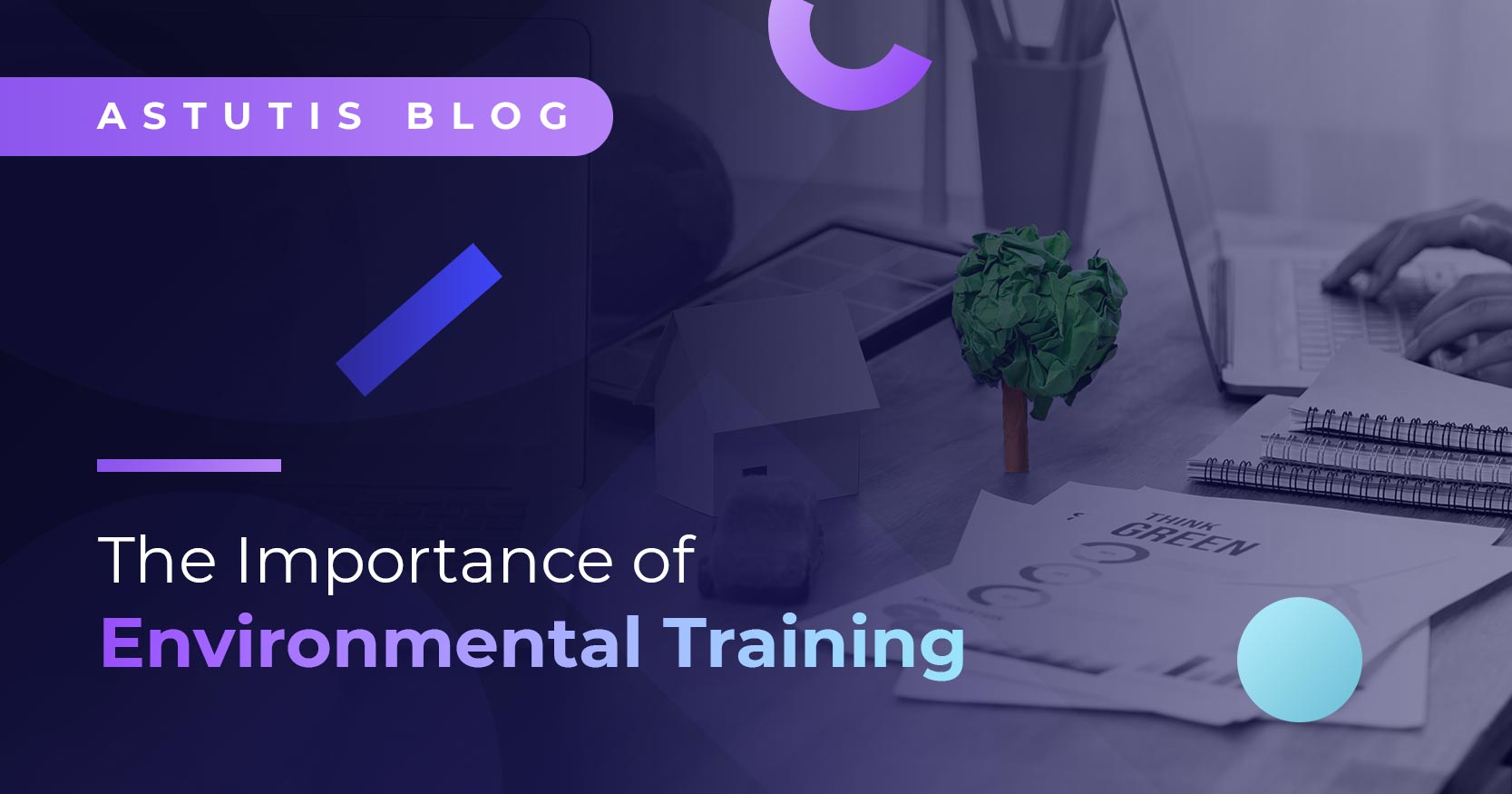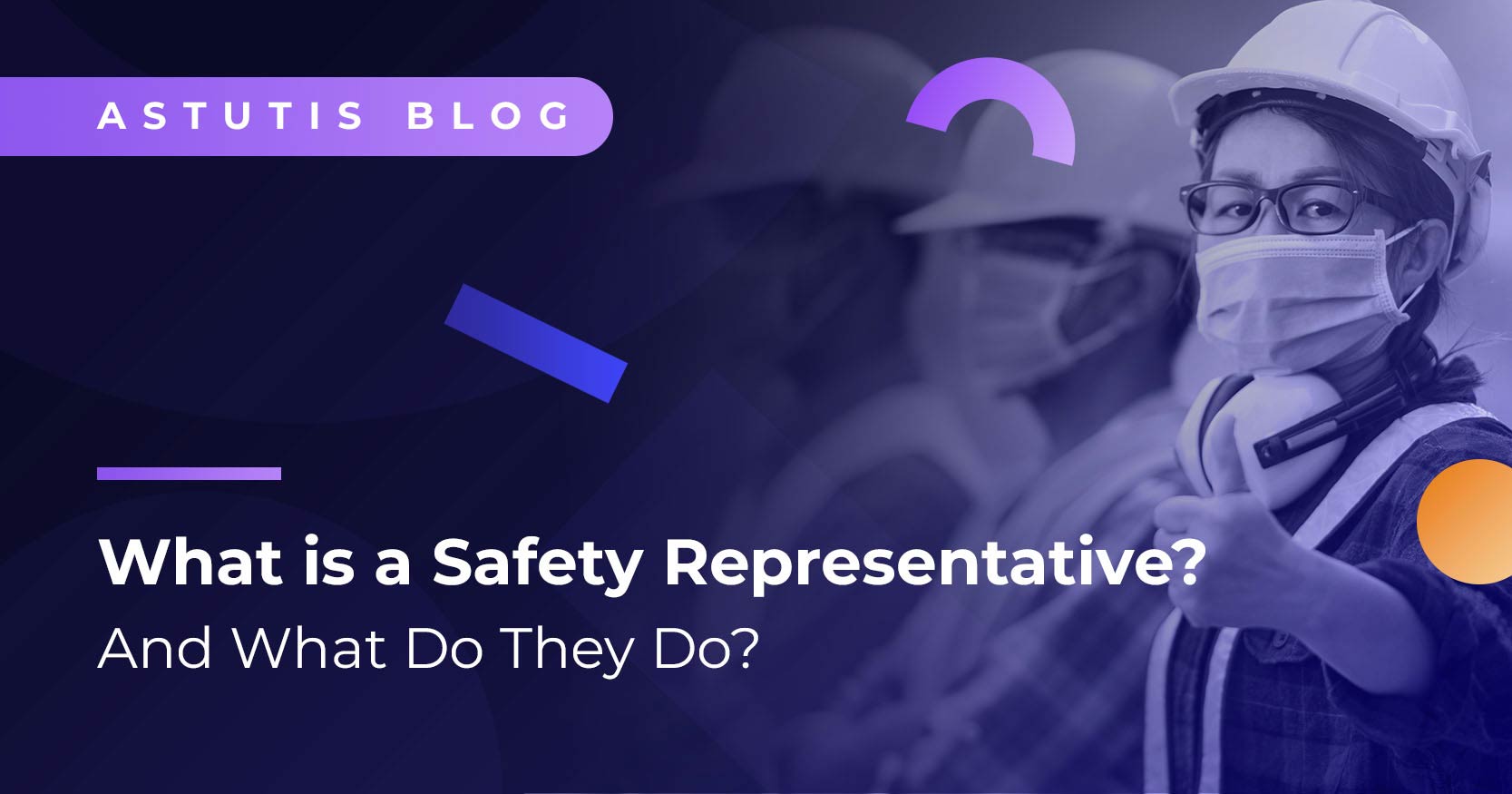Getting Practical – Completing GC3: 2014 Syllabus of NEBOSH Certificate Practical Application Only
This post is relevant for people studying the NEBOSH General Certificate 2014 syllabus. If you're studying the 2018 syallbus, take a look at our guide to completing the NEBOSH General Certificate NG2/IG2 risk assessment.
Completing the practical element of the NEBOSH Certificate and International Certificate courses (now referred to as 'GC3'), at first glance, can seem quite a difficult and daunting task – particularly for those who don’t regularly write management reports in their line of work, or where it’s been some years since doing any form of studying. Without it’s successful completion however, the NEBOSH Certificate/International Certificate qualification cannot be awarded.
In my capacity as a NEBOSH trainer, I frequently get asked for any tips I can offer relating to the successful completion of GC3. So, where better than my first blog post in my new role as a consultant and trainer with Astutis, to address some key issues?
This article is intended to provide candidates with advice and guidance on how to successfully complete GC3: The NEBOSH Certificate Practical Application - things to remember and things to avoid.
What is GC3 Workplace Assignment Trying to Achieve?
The purpose of GC3, according to the guidance, is to enable candidates to
“apply the knowledge and understanding gained from their studies of elements of units NGC1 and GC2 or IGC1 and GC2 in a practical environment and to carry out an evaluation of information during the inspection”.
Basically, GC3 requires candidates to do two things: firstly to carry out an inspection of a workplace (noting their findings on Observation Sheets provided by NEBOSH) and then secondly to write a report to management concerning these findings, persuading management to take action.So What is Required?
Both the inspection and the management report can either be handwritten or word processed. There is no time limit set nor is the practical required to be supervised, however the guidance suggests that the whole exercise should take no longer than 2 hours and the management report should be between 700 – 1000 words in length.
The findings of the inspection are recorded on standardised Observation Sheets provided by NEBOSH and the management report must be written using standard headings, again set out by NEBOSH.
The guidance also contains the marking scheme, which is used by the approved NEBOSH markers, and this is summarised in table 1 below. Notice that even though there are two parts to the practical - an inspection and a management report – they do not attract equal marks, the inspection attracting 30 marks and the management report 70.
Table 1: Marking Scheme
| Criteria | Maximum Marks Available | Assessor’s Marks Awarded | NEBOSH Moderated Marks (if different) | |
| 1 | Completion of observation sheets | |||
| 1.1 | Range and outline of hazards and consequences | 15 | ||
| 1.2 | Identification of suitable control measures and timescales | 15 | ||
| 2 | Report – Introduction and Executive Summary | |||
| 2.1 | Introduction providing an overview of the chosen area | 5 | ||
| 2.2 | Executive summary | 5 | ||
| 3 | Report – main findings | |||
| 3.1 | Quality of interpretation of findings | 15 | ||
| 3.2 | Identification of possible breaches of legislation | 5 | ||
| 3.3 | Persuasiveness/conciseness/technical content | 10 | ||
| 4 | Report – Conclusions and Recommendations | |||
| 4.1 | Clear and concise conclusions which are clearly related to report findings and are effective in convincing management to take action | 15 | ||
| 4.2 | Recommendations which present realistic actions to improve health and safety in the chosen area | 15 | ||
| TOTAL | 100 |
Also it can be seen that the maximum number of marks available is 100. The pass mark is however 60.
More detailed information on the marking scheme is contained in the Guidance together with clear direction on how the marks are allocated for each section, entitled the Marking Matrix, in appendix 6 of the guidance.
Why is it so important to read and use the GC3 Guidance provided by NEBOSH and information provided by course providers?
It may sound obvious but it is vital that candidates thoroughly read any guidance given to them concerning the practical so they fully understanding what is required in each step before they make a start.
The Marking Matrix in the GC3 Guidance, mentioned above, is really important as it will enable candidates to compare what they have written (observation sheets and management report) against descriptions of what the NEBOSH marker is looking for in order to award high marks.
As an example, to award a maximum of 5 marks for the Introduction in the management report, the marker is looking for the Introduction to provide a “Clear and appropriate description of the chosen area and of the activities occurring in the area”. Clearly therefore an Introduction which does not contain any or little information about the chosen area that was inspected (it’s approximate size, its location etc) nor the activities that are carried out in the area, is not going to gain many marks.
So what are some of the important things to remember when completing the Inspection and Management Report?
Whilst candidates are not marked on their spelling or grammar, it must be remembered that the report needs to make sense (and is readable if it is hand written).
Ok, let’s take a look at some of the areas to be aware of when completing GC3, firstly the Observations sheets.
Observation sheets
The format of the sheets are set by NEBOSH and can be seen in figure 1 below:
Observations | Control measures | Time scale |
| Hazards and consequences | Immediate and longer-term actions |
Points to remember when completing these sheets include:
- Candidates are required to identify 25 uncontrolled hazards/consequences which cover 4-5 different types of hazards (electricity, machinery, fire etc). Make sure therefore that the work area selected for the inspection is big enough and/or varied enough for this number of hazards to be identified.
- The above form requires both the hazard and consequence to be identified. Marks will therefore not be awarded if hazards are identified but no consequence is given. For example, writing “Emergency exit locked and blocked by steel bucket – preventing escape in an emergency” would be awarded marks, but just writing “Fire exit locked and blocked” would not gain marks.
- Ensure that the recommended control measures not only deal with the identified problems in the short term but also address the underlying problems for the longer term (that is to say the real reasons are dealt with not just the symptoms that are seen in the work place). For example if a guard is missing on a machine, not only recommend that the machine is not used and the guard is replaced but also recommend what should be done to prevent this from reoccurring in the future.
- When suggesting timescales for the recommended control measures, make sure they are appropriate i.e. it is physically possible to complete the recommendation in that timescale and it is not too long if the risk from the hazard observed is high.
Management Report
The NEBOSH Certificate (NGC & IGC) Management Report should be written using the following headings which have been laid down by NEBOSH:
- Introduction
- Executive Summary
- Main Findings of the Inspection
- Conclusions
- Recommendations
When writing the report it may seem to the candidate that they are repeating themselves i.e. findings and general recommendations are discussed in the Main Findings then they are summarised in the Conclusions, they are then repeated again in more detail in the Recommendations and finally given an overview in the Executive Summary. Do not worry, this is what is required by the marking scheme and reports where this has clearly been done in line with this marking scheme usually get good marks.
1. Introduction – Make sure this section contains a clear overview of the area that was inspected and a good description of the activities and operations carried out in that area.
2. Executive Summary – This should be written at the end of the report writing stage but needs to be placed in the report at this point (after the Introduction and before the Main Findings of the Inspection). It needs to provide a short overview of the important points in the report and the recommendations suggested to improve what was observed. It should not be vague but should give someone who has not read the report in full an overall picture of what the main problems were and what has been recommended to address them.
3. Main Findings – This section is not meant to be a repeat of the observation sheets but a summary of the main findings and areas of concern that were observed during the inspection. Similar hazards observed in the inspection should therefore be grouped together in this section and discussed, making sure that the hazards which present the highest risk are included. Typically this section will discuss around 4 to 6 of the major areas of concern.
Also ensure in this section that at least 5 references to legislation and/or international standards being breached are included, with a statement outlining why they are being breached. Just stating the legislation without the reason why will not gain any marks. For example, a statement such as “the machine does not have a guard fitted - this is in breach of the Provision and Use of Work Equipment Regulations 1998 which requires dangerous parts of machinery to be guarded” will be awarded a mark. Just simply stating “this is in breach of the Provision and Use of Work Equipment Regulations 1998”, will not attract a mark.
When discussing the main findings of the inspection also ensure that the moral, legal and financial arguments are made for taking action and implementing the recommended control measures (take a look at our earlier 'Worst Case Scenario' blog series for more information on the moral, legal and financial drivers to workplace safety). A manager, when reading the report, should be persuaded to take action and left in no doubt as to what could be the consequences of not taking action and what could be the benefits when action is taken.
4. Conclusions – Ensure that the conclusions summarise the main points of the issues discussed in the main body and that again, management are persuaded to take action. Conclusions which are vague, do not mention any of the findings discussed in the main report or introduce new issues which are not mentioned in the main findings will not gain marks.
5. Recommendations – These must follow on from the issues summarised in the conclusions. Therefore if the main findings of the report have not been summarised in the conclusions, the candidate will not only get a poor mark for the conclusions but also a poor mark for the recommendations, as the recommendations need to follow on from the conclusions.
The recommendations must be realistic, have an appropriate timescale, prioritised according to their importance in dealing with the level of risk and have an appropriate resource given to them e.g. cost in pounds or man hours to complete. This information must be presented in the following format as seen in table 2:
| Recommendation | Likely resource implications | Priority | Review date |
Finally, ensure that the completed Observations Sheets and Management Report are received by your training provider by the date specified.
For more information about the NEBOSH National General Certificate, visit the course page below.
Related Blogs

Real Life Stories









